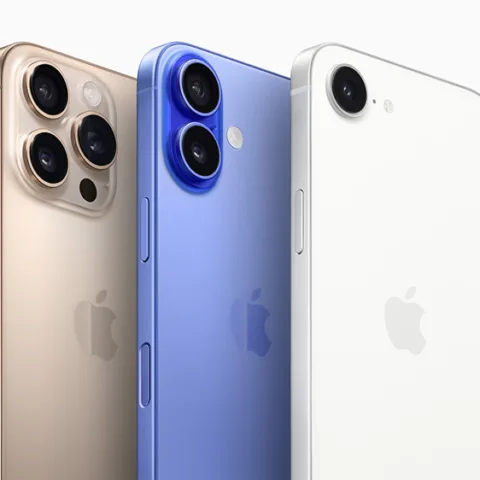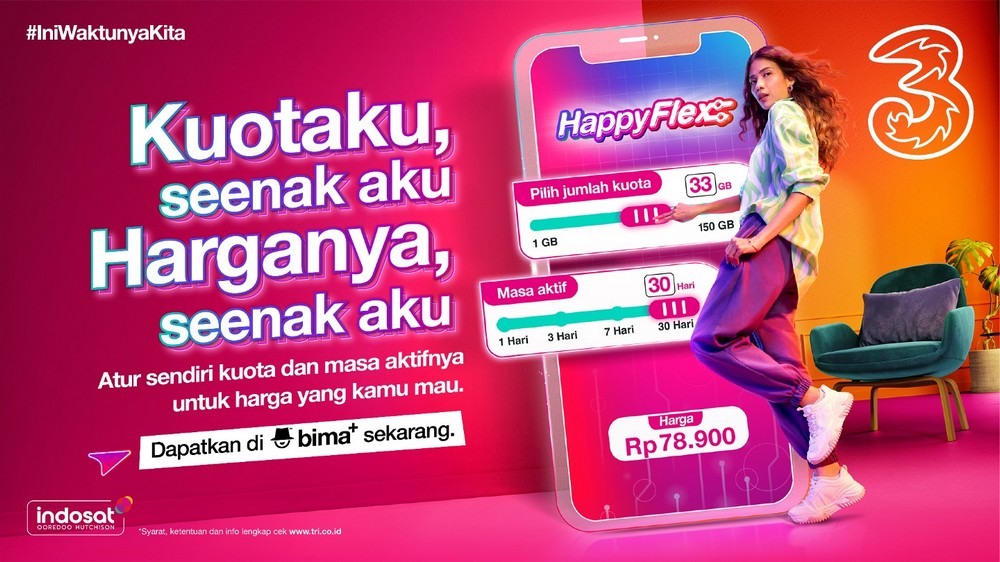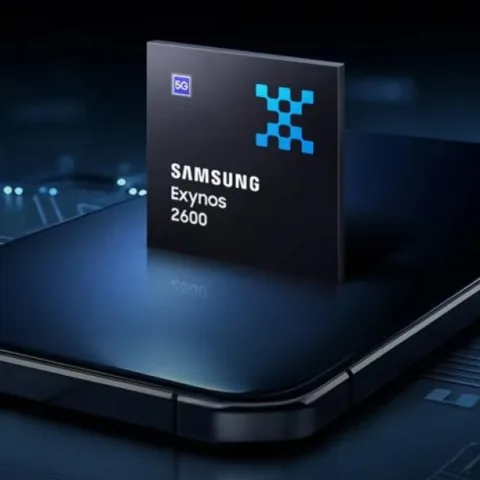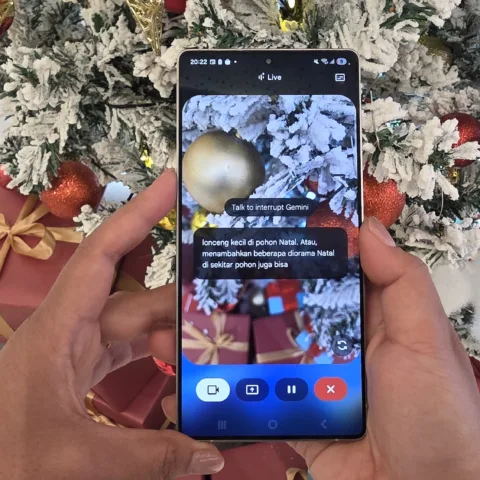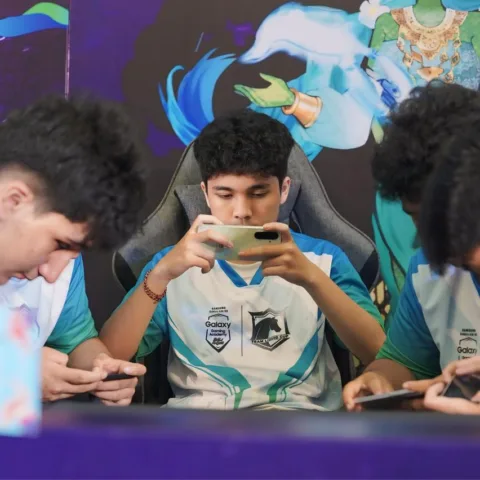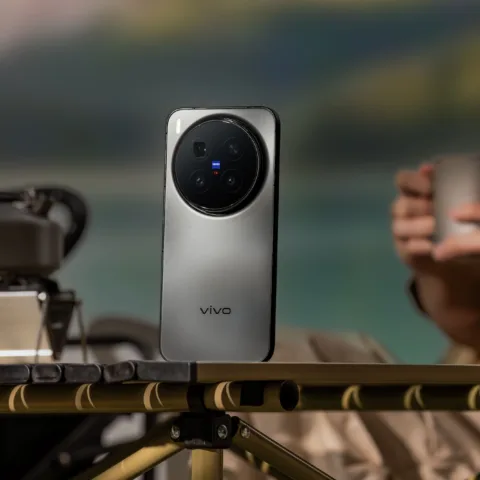 Nielsen’s Southeast Asian Digital Consumer whitepaper we reported on yesterday claims that Indonesia’s Internet penetration rate is at 21%, growing at 20% annually. Rama compared this to Singapore’s 67% which makes Indonesia’s adoption rate look very low, but consider the number of population between the two countries, not to mention geographical differences.
Nielsen’s Southeast Asian Digital Consumer whitepaper we reported on yesterday claims that Indonesia’s Internet penetration rate is at 21%, growing at 20% annually. Rama compared this to Singapore’s 67% which makes Indonesia’s adoption rate look very low, but consider the number of population between the two countries, not to mention geographical differences.
Indonesia had 237.6 million people in 2010 with an annual growth rate of 1%. By 2015 this would put the population at more or less 249 million individuals. Keep in mind that since 1970, Indonesia’s population growth rate had been on a steady decline from 2.5% to 1%. Since 2005, the rate of growth slowed by 0.2%. That 21% adoption rate in 2011 means there are more than 50 million Internet connected individuals in Indonesia. Of course, this number depends on whose population data you derive your numbers from. I’m using Google’s public data for this analysis.
A simple calculation tells you that with a 20% annual growth rate in Internet adoption, in five years it will reach 40% of the population. By 2015, Indonesia could have over 100 million people online. Think about that. If the adoption rate rises, we can reach that number much sooner.
Singapore’s population crossed the 5 million mark some time in early 2010, with a 1.8% growth rate. 67% Internet adoption rate means there are 3.5 million online Singaporeans in 2011, it’s a drop in the bucket compared to how many Indonesians are online. Unfortunately Singapore’s population growth rate is far too erratic to make a meaningful growth projection. In 2005 the rate was 2.4% but three years later it shot up to 5.3 before dropping to 1.8 in 2010.
However, Singapore is hardly an appropriate country to compare Indonesia to. In terms of economics and welfare, Singapore is much more advanced and the online behaviors and priorities between residents of the two countries are vastly different.
Consumer Behavior
Getting back to Indonesia, the Nielsen report says that 43% of Indonesians say mobile devices are their main window to the Internet but 100% of Indonesia’s online individuals are on mobile and nearly 100% are on Facebook. There’s a massive opportunity for anyone to take advantage of this fact if they know how.
Google for example fully recognizes this as both an opportunity and a threat. This is evident by its recent series of Chrome ads on television and other media. The campaign is pushing the Chrome browser and showing all the different activities that can be done using a browser and of course the slew of Google’s online services such as Gmail, Blogger, and Google Maps.
Google is trying to tell Indonesians that there’s more to the Internet than just Facebook. The top four online activities of Indonesians according to Nielsen’s survey relates directly to social networking, the fifth is email. It’s going to be a tough battle for Google as well as other online companies to wrest attention of Indonesians from Facebook.
Singaporeans on the other hand, show a variety of online activities. While email dominates, news reading, search, and instant messaging also top the list. You can see the difference in behaviors across Southeast Asian digital consumers in yesterday’s post.
Geographically, if I’m not mistaken, 80% of Internet activities are happening in Java with 60% of the country’s population occupying the island. Indonesia has six major islands and thousands of smaller ones and the majority of the central and eastern parts of the country have yet to see 24/7 electricity connection, let alone Internet. That’s some massive oversight, barrier, and opportunity right there.
So what?
Well, for starters, it shows that Indonesians are just discovering the Internet. While the nation had really been online for a decade and a half, it’s only been in the last few years that Internet adoption really took off. All this is happening thanks to a combination of factors including Facebook, BlackBerry, Opera mini, and more importantly affordable data packages from mobile telcos.
Where do we go from here? Indonesia is still only at the beginning of a digital revolution. A lot of people are seeing so many opportunities and possibilities and a select group have been trying to make those dreams happen. It’s going to take at least a couple of years before the rest of the digital citizens to catch up, and perhaps even longer before the government realizes that change may not necessarily be a bad thing.
Any kind of revolution begins with a need. The digital revolution begins with a need to communicate across geographical barriers. Once that has been achieved, people will see possibilities opening up and when those possibilities are being held by bureaucratic restrictions, there will be a demand to remove those barriers. Those who maintain those barriers will have to be prepared either to reduce them, remove them or be overrun.



